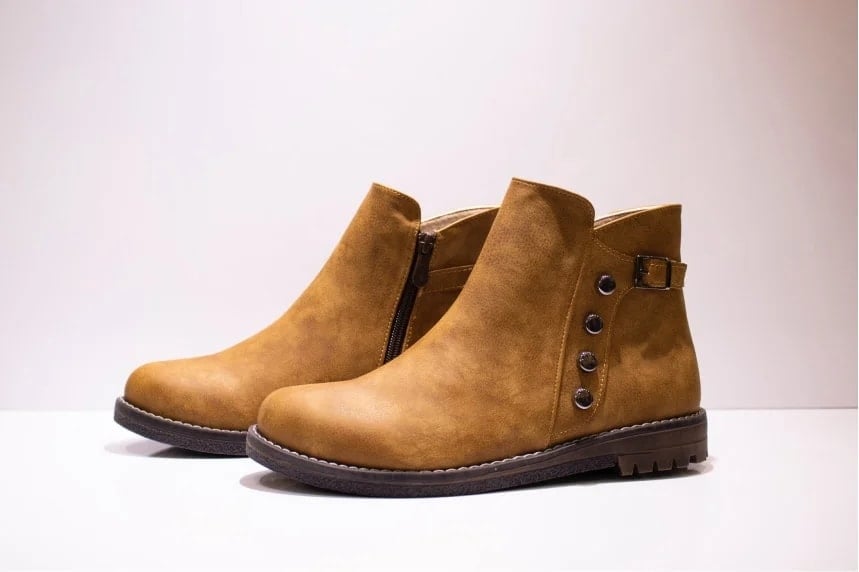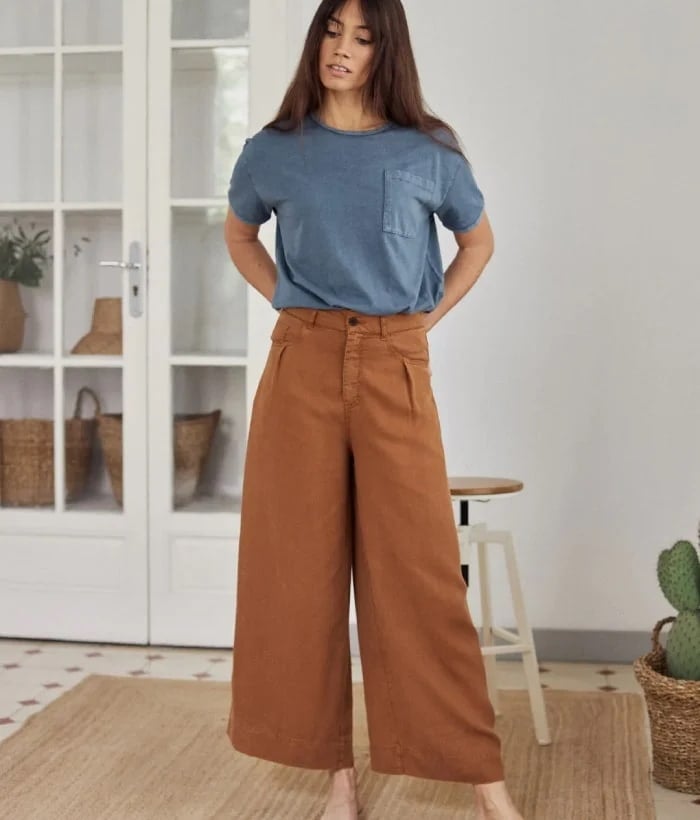Shopping for baby cloth is one of the most exciting parts of becoming a parent — until you’re holding a tiny onesie in one hand and staring at a tag that says “0-3M” while your brain whispers, what does that even mean?
Don’t worry — you’re not alone. Sizes can feel like a secret code, but once you know what to look for, it all makes sense. In this guide, you’ll learn how to understand baby clothing sizes, how to plan for those wild growth spurts, and even how to shop smarter for the future.
Let’s get started on decoding the baby cloth jungle — one onesie at a time.
Understanding Labels: Size Charts Decoded

When you walk into a baby store or scroll through an online shop, you’ll find clothes labeled with age ranges like “0-3 months,” “6-9 months,” or even just “NB.” Sounds simple, right? But here’s the twist — not all babies fit into their “age” size. Just like adults, babies come in all shapes and sizes.
Baby cloth sizes are usually based on weight and height rather than age. For example, a 3-month outfit might fit a baby weighing up to 12 pounds, while another brand’s 3-month outfit might be way snug on the same baby. Confusing? Yes. Fixable? Also yes.
So, the best tip? Always check the brand’s size chart — they usually provide measurements in pounds and inches. If you’re shopping in person, take a peek at the tags. If you’re shopping online, zoom in or scroll down to find the chart. It’ll save you a lot of “aww, it’s too tight!” moments later on.
Growth Spurts Are Real: Don’t Blink, They’re Bigger
Here’s the thing about babies: they grow fast. Like, “didn’t I just buy this yesterday?” kind of fast. It’s not unusual for a newborn to move into 3-month clothes after just a few weeks. That’s why stocking up too much on one size is a classic rookie move.
Instead of buying ten outfits in newborn size (they may only wear them for a few weeks), get a mix. Maybe two or three pieces in newborn, and the rest in 0-3M or even 3-6M if your baby is already measuring big in your final checkups.
Most parents find that baby cloth sizes overlap for a reason — because babies don’t grow on a schedule. One week, your baby fits perfectly in 3-month size, and by the next, you’re trying to squeeze their little toes into a too-small romper.
Also, keep in mind that some clothes shrink after the first wash, even the gentle ones. So a bit of extra room never hurts!
Shop Smart: Thinking Ahead With Baby Clothing
Here’s a fun tip you’ll thank yourself for later: shop for the future, not just the now. Babies don’t stop growing, so buying one size up is actually a smart move — especially when there’s a sale on those adorable overalls.
Let’s say it’s summer, and your baby is currently 3 months old. Instead of buying a full summer wardrobe in 3-6M, maybe grab a few pieces in 6-9M too. This way, when they suddenly grow (because they will), you’re not scrambling last minute.
Just make sure you think about the seasons. A fluffy snowsuit in size 9M won’t be very useful if your baby hits that size in July!
One more handy tip: separate baby cloth by size in your drawers or storage bins. You can label them “NB,” “0-3M,” “3-6M,” and so on. When your baby outgrows a size, just rotate the clothes and bring out the next batch — no digging through tiny pants at 2 AM.
Bonus: Understanding International Sizing
If you’re ordering baby cloth from international brands (which is super common these days), remember that not all sizing is created equal. European sizes usually go by height in centimeters, while UK and US sizes go by age. A European 62 means the baby is around 62 cm long, which roughly translates to a 3-month-old.
When in doubt, use Google to convert the sizes or just look for a sizing chart. And if it still seems tricky, check customer reviews — parents are usually quick to say “runs small” or “fits big,” and that helps a lot.
Final Thought
Choosing the right size for baby cloth doesn’t have to be overwhelming. With a little knowledge and a pinch of planning, you’ll have a wardrobe that grows with your little one. Keep things simple, stay flexible, and always have one extra onesie handy — just in case.
After all, your baby’s only tiny for a little while, so make sure they’re cozy, comfy, and looking cute while it lasts.
